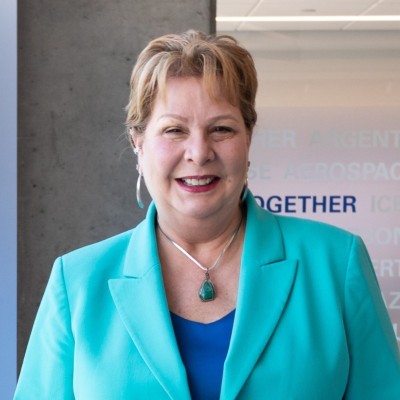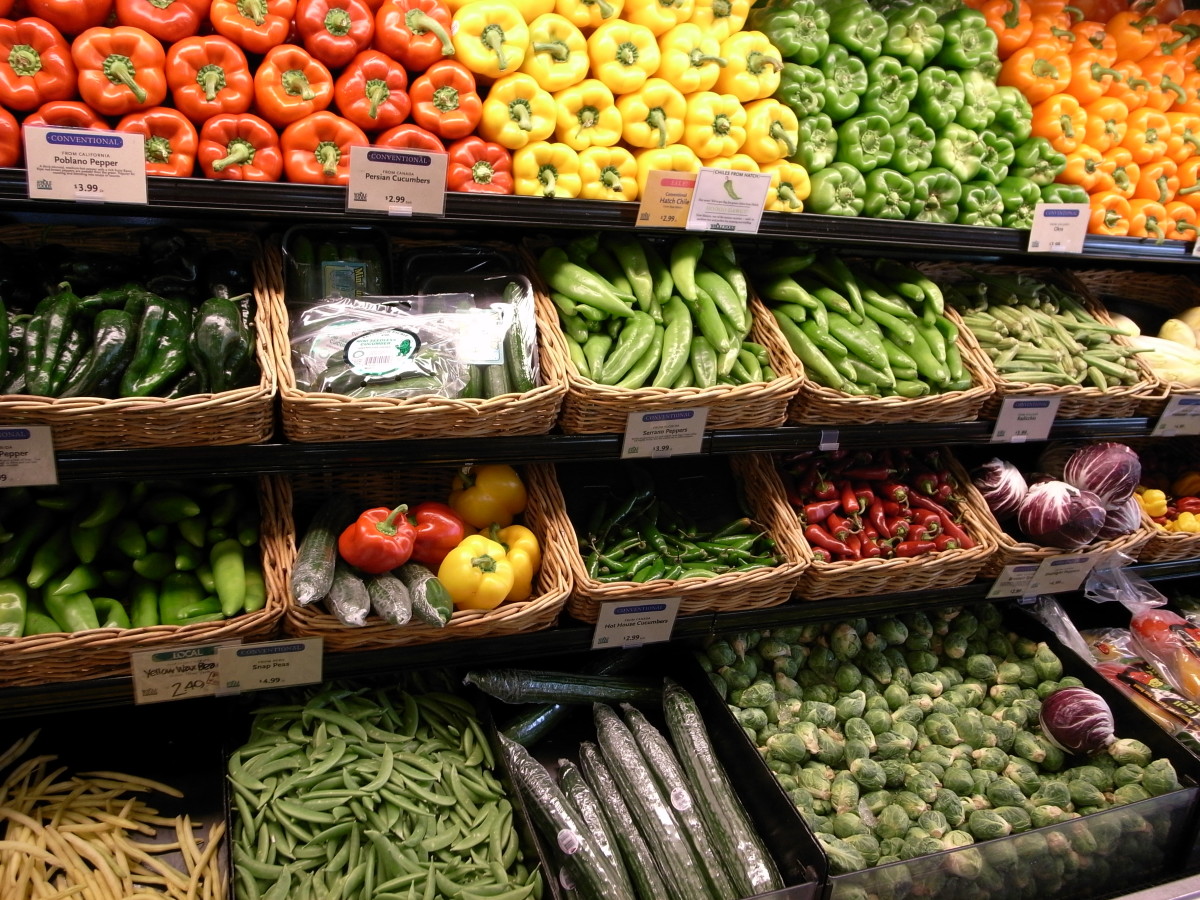Lyft’s program to increase access to fresh food by providing discounted rides to the grocery store launched Monday in South and West Baltimore.
The ridesharing company’s Grocery Access Program is running a six-month pilot that will assist up to 200 residents — 100 across 16 neighborhoods of West Baltimore and 100 across Lakeland, Westport and Cherry Hill in South Baltimore. Through April 30, they will be eligible to receive up to eight Lyft rides a month to the grocery store for $2.50 each. About 15 grocery stores are participating across both regions.
“This innovative rideshare pilot not only helps people get to and from the grocery stores but also reduces travel time and puts money back into the pockets of residents so they are able to buy more healthy foods,” Mayor Bernard C. “Jack” Young said on Monday outside Price Rite in Pigtown, which is one of the participating grocery stores. The City and Baltimore Development Corporation are partners on the program.
Lyft is bringing the program to a dozen cities with a view that reducing transportation barriers can help provide access to healthy food in areas that are lacking convenient access. These have been known as food deserts, but Baltimore rebranded them as healthy food priority areas.
Nearly a quarter of the people living in Baltimore live in such areas, according to the Baltimore Food Policy Initiative, which is within the city’s planning department and is a partner on the program. Meanwhile, one-third of residents don’t have access to a vehicle and 58% of Lyft rides begin or end in underserved areas.
“For many people living in healthy food priority areas, the simple act of going out and getting fresh food for your family can be a challenge week in and week out,” said Mike Heslin, Baltimore market manager for Lyft. “A lack of transportation is a barrier in this case in terms of the time it takes to get to and from the store, the cost you incur to make that trip and even the certainty of knowing you have a ride to and from the grocery store.”
Providing choice is also an aim. The mayor pointed to research from Morgan State University indicating that people across income levels in Baltimore prefer to shop at multiple grocery stores, and most don’t go to the store that is geographically closest to their home.
To connect with residents, the program brought on Total Health Care and Family Health Centers of Baltimore, both of which are healthcare providers that work in underserved communities. These organizations helped identify grocery stores and community partners, and will also assist residents as they sign up and access the program, including if they have technology needs.
To get the discounted rides, residents must register ahead of use (which they can do here) and have access to the Lyft app.
“We see access to healthy affordable, high quality food as a critical public health question. Huge numbers of what turn into hospital room visits in Baltimore have their origins in behavioral health patterns that took place long before someone called 911,” said Brad Rogers, executive director of the South Baltimore Gateway Partnership.
With six months of a pilot, the partnering organizations are also interested in how it is working. Dr. Celeste Chavis, an associate professor of transportation and urban infrastructure studies at Morgan State, will be leading an evaluation of the program to explore how the city might learn from it.
The program shows a role for technology as part of efforts to increase access. Even as leaders said they continue to encourage grocers to move into more areas and bring grocery stores closer to residents, programs like Lyft’s can play a role in making the stores feel closer.
“In the past it was very hard to get people to resources that were outside their communities and the only solution was to try bring those resources into the neighborhoods where they were missing. Now between bikeshare, scooters and Lyft and other new technologies, the conversation turns on its head,” Rogers said.
Here’s a look at participating grocery stores:
West Baltimore
- Save A Lot (250 McMechen St.)
- Shoppers (2000 Gwynns Falls Pkwy.)
- Save A Lot (3427 Clifton Ave.)
- Giant #317 (4624 Edmondson Ave.)
- Food Depot (2495 Frederick Ave.)
- Price Rite (1205 W. Pratt St.)
- Streets Market & Cafe (222 N. Charles St.)
- Eddie’s of Mt. Vernon (7 W. Eager St.)
- Save A Lot (1101 Pennsylvania Ave.)
- Safeway (2401 N. Charles St.)
South Baltimore
- ALDI (3140 Washington Blvd.)
- LA Mart (2159 W Patapsco Ave)
- Price Rite (1205 W. Pratt St.)
- Shoppers (857 E. Fort Ave.)
- Harris Teeter (1801 Whetstone Way)
- MegaMart (3400 Annapolis Rd.)
Join the conversation!
Find news, events, jobs and people who share your interests on Technical.ly's open community Slack
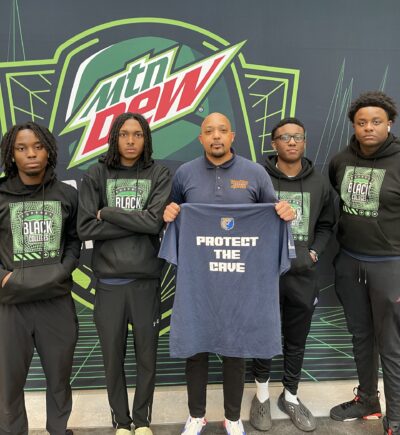
This Black gaming advocate has a mission to transform education through esports
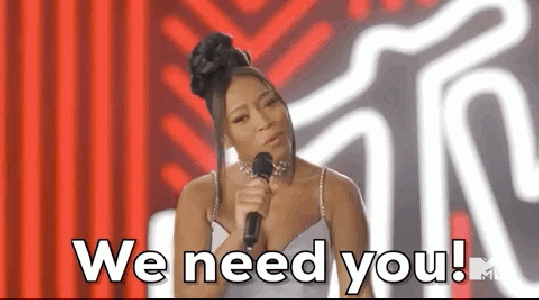
This Week in Jobs: Get out there with 22 new job opportunities available to you!
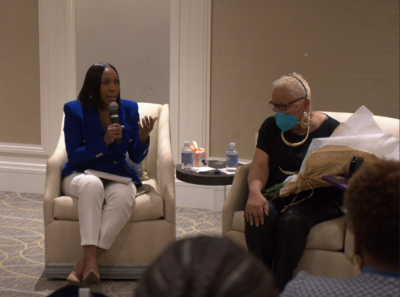
This national network empowers Black nonprofit leaders through community, capital and capacity
